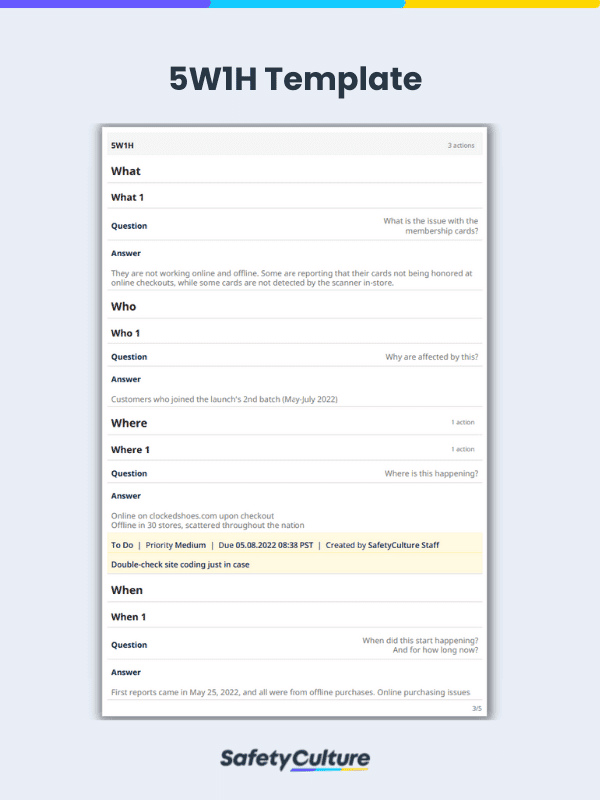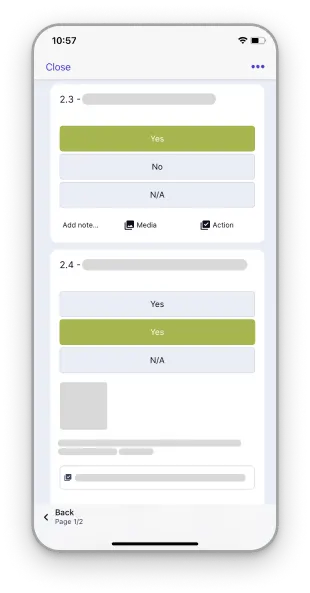What is a 5W1H Template?
A 5W1H template is a standardized checklist for problem solving and questioning based on the 5W1H method, which is focused on answering the fundamental questions of a problem: What, Who, Where, When, Why, and How. The goal of implementing or using the 5W1H method is to gain a better understanding of a certain situation and to continuously improve upon existing solutions.
Where is 5W1H Used?
The 5W1H method is used in many industries to question or expound on existing or new problems that might arise in providing a product or service. The most well-known use for it is in news or content writing wherein to develop a story, it is necessary to question all the details of it. However, it is also widely used in ensuring quality in many businesses’ processes.
Today, as part of the 5S Lean, Kipling Method, and other process improvement methods, the 5W1H method is meant to aid quality managers, leaders, project managers, and product development staff with the following:
- Identifying and analyzing problems deeply by discussing who is involved in it, what the problem is about, where and when is it happening, why, and how
- Exploring solutions based on the different aspects of a problem
- Managing known facts to create solutions
Often, the 5W1H method is carried out as if it were a checklist. This means that the 5W1H method can be used to ensure a problem is solved in every possible way, or that a project follows all quality standards and will be delivered efficiently and effectively by preventing any problems from arising.
While the 5W1H method already functions much like a checklist, it is still better to have dedicated checklists for it. Managers use 5W1H checklists to help set the flow of a discussion on project or process improvement and it gives them an idea of what to talk about and organize their ideas. Having a set 5W1H template will be a bigger help as well.
What Should a 5H1W Template Have?
Anyone can make a 5W1H checklist from scratch, but if you work in a fast-paced environment or handle many products and services, having a 5W1H template checklist that is readily available would be better in the long run. A template can help with organizing questions and answers, making it easier to spot errors or opportunities for improvement. Additionally, using a template makes it easier to sort documents and create plans based on specific criteria that will be standardized.
A typical 5H1W Template will have a dedicated field per W as follows:
“What” Field
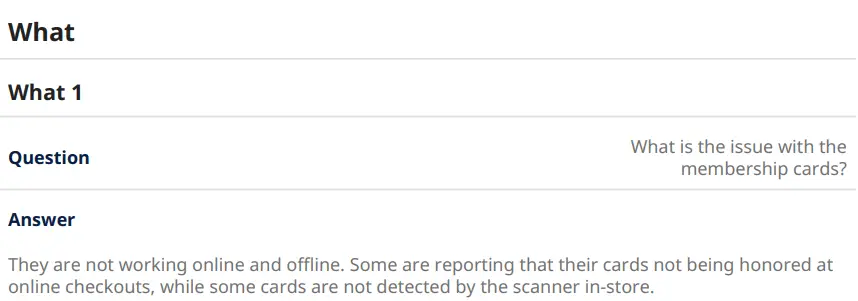
The first part of any problem-solving analysis and 5W1H template is defining the problem. Identify what is the problem at hand that is either happening in the moment or can happen soon depending on certain circumstances.
“Who” Field

After identifying the problem, your 5W1H template should prompt you to list down the relevant people involved in the “what” problem. This can pertain to those directly causing the problem, or those that may be affected by it directly and indirectly. This field can also be used to list down who can solve the problem at hand.
“Where” Field
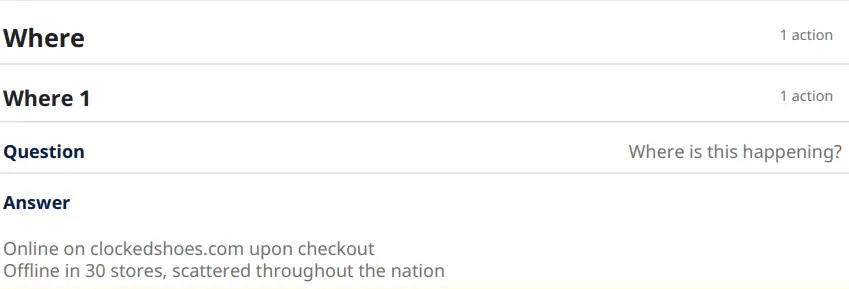
The “where” portion of a 5W1H template should detail the location of the problem or where it is expected to take place.
“When” Field

All details about the timeline of a problem that is occurring or is expected to happen should be listed under the “when” field. If a problem is ongoing, this should also contain the duration of the issue.
“Why” Field
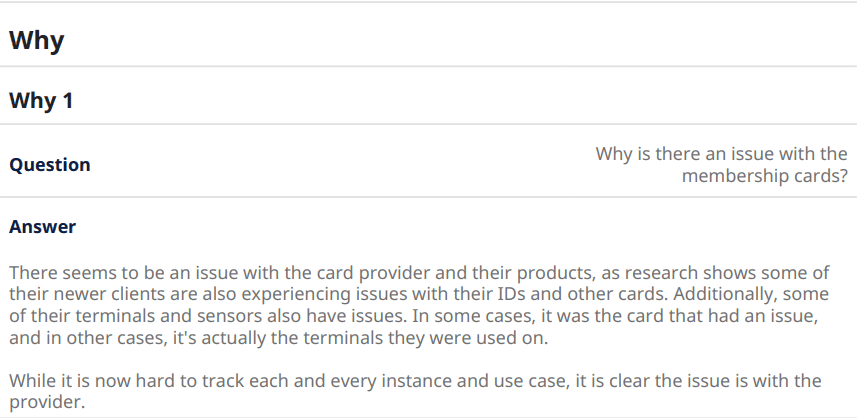
The “why” field is an essential part of a 5W1H template. Now that you have identified the problem and its details, you should now analyze its main cause or causes.
“How” Field
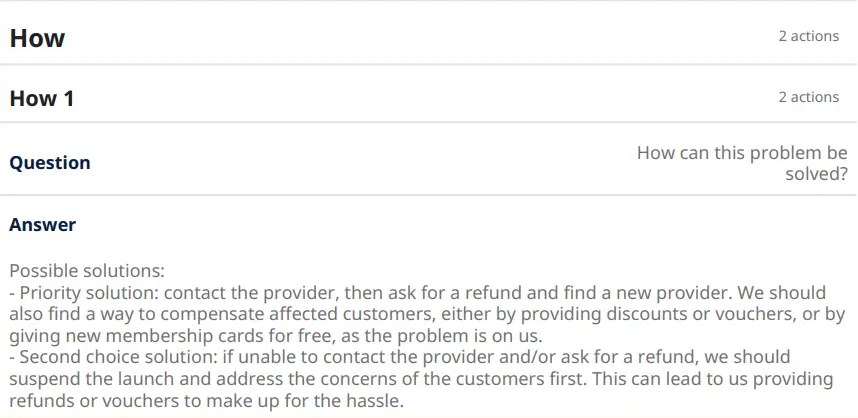
The “how” field in a 5W1H template also seeks to explain the details of a problem, particularly in discovering ways to solve it. Sometimes, the “how” field asks for detailed enumerated steps on how to solve a problem, but other times a descriptive paragraph will do. This field should also include the items and processes necessary to solve the problem at hand.

